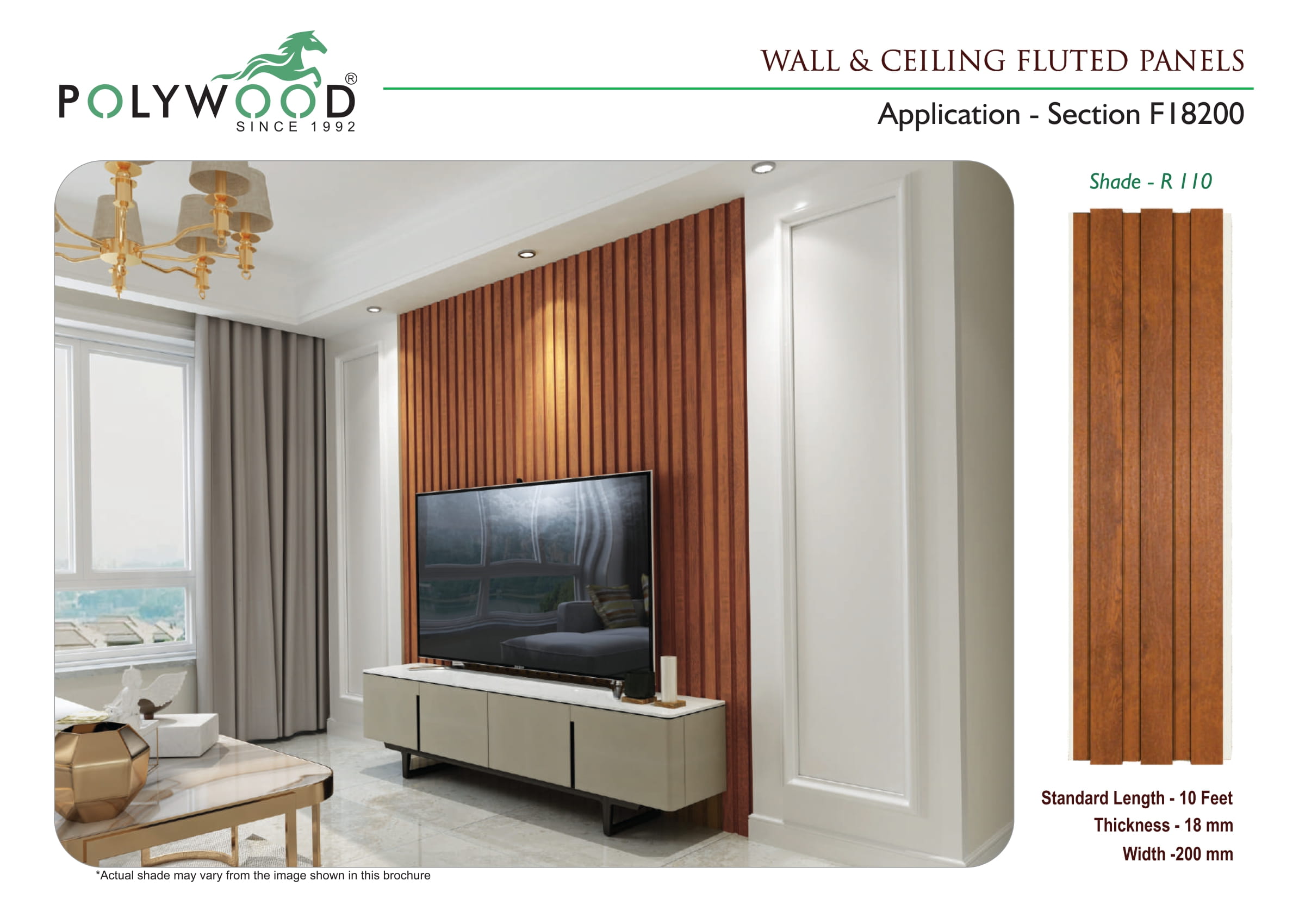The Beauty and Versatility of Fluted Wall Panels: A Stylish Addition to Any Space
[et_pb_section admin_label=”section”]
[et_pb_row admin_label=”row”]
[et_pb_column type=”4_4″][et_pb_text admin_label=”Text”]
Introduction: Fluted wall panels have gained significant popularity in interior design due to their unique aesthetic appeal and versatile applications. Whether you’re looking to enhance a residential space or create a stunning commercial environment, fluted wall panels offer an elegant and contemporary solution. In this blog post, we will explore the captivating beauty and various uses of fluted wall panels, highlighting why they are a must-have addition to your interior design arsenal.
- What are Fluted Wall Panels? Fluted wall panels are characterized by vertical grooves or ridges that run parallel to each other, creating a visually striking effect. These panels are typically made from a range of materials such as wood, metal, or even modern composite materials like PVC or acrylic. The fluted pattern adds depth, texture, and dimension to any wall, instantly elevating the overall aesthetic appeal of a space.
- The Versatility of Fluted Wall Panels: Fluted wall panels offer a wide range of applications, making them suitable for various environments. Here are a few notable uses:
- Residential Spaces: Fluted panels can transform a dull and plain wall into a focal point in residential interiors. Whether it’s the living room, bedroom, or hallway, these panels can add a touch of elegance and sophistication to any space.
- Retail and Commercial Settings: Fluted wall panels are frequently used in retail stores, restaurants, hotels, and offices to create a visually engaging ambiance. They provide a perfect backdrop for product displays, add a sense of luxury, and enhance the overall brand image.
- Acoustic Solutions: Fluted panels can also serve a functional purpose by improving sound insulation and reducing echo in spaces such as conference rooms, studios, or auditoriums. Their textured surface helps to break up sound waves, creating a more pleasant and acoustically balanced environment.
- Materials and Finishes: Fluted wall panels are available in a variety of materials and finishes, allowing for customization and seamless integration into different design styles. Some popular options include:
- Wood: Natural wood fluted panels exude warmth and add a touch of rustic charm to a space. They can be stained, painted, or left in their natural state, depending on the desired aesthetic.
- Metal: Fluted metal panels provide a contemporary and industrial look. Aluminum, steel, and brass are common choices, offering durability and a modern edge.
- Composites: PVC, acrylic, or fiberglass fluted panels are lightweight, easy to install, and can be manufactured in various colors and finishes. They offer a cost-effective alternative without compromising on style.
- Installation and Maintenance: Fluted wall panels are relatively straightforward to install and can be affixed directly to the existing wall surface or mounted on a separate framework. Professional installation is recommended to ensure a precise fit and a seamless appearance.
Maintenance requirements depend on the material used. Generally, fluted wall panels are easy to clean and maintain. Regular dusting and occasional wiping with a damp cloth should be sufficient to keep them looking their best.
Conclusion: Fluted wall panels are a design feature that combines style and functionality effortlessly. With their distinctive texture, versatility, and customizable options, they have become a favored choice for architects, interior designers, and homeowners alike. By incorporating fluted wall panels into your space, you can create an atmosphere of sophistication, elevate the visual appeal, and make a lasting impression on anyone who enters the room. So, why settle for ordinary walls when you can embrace the beauty of fluted panels and transform your space into a work of art?
[/et_pb_text][/et_pb_column]
[/et_pb_row]
[/et_pb_section]

